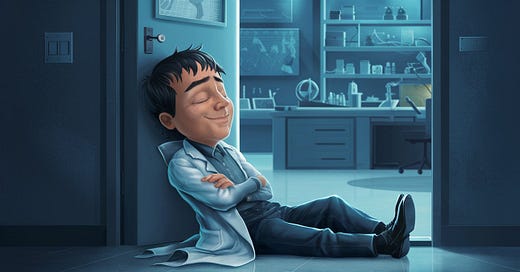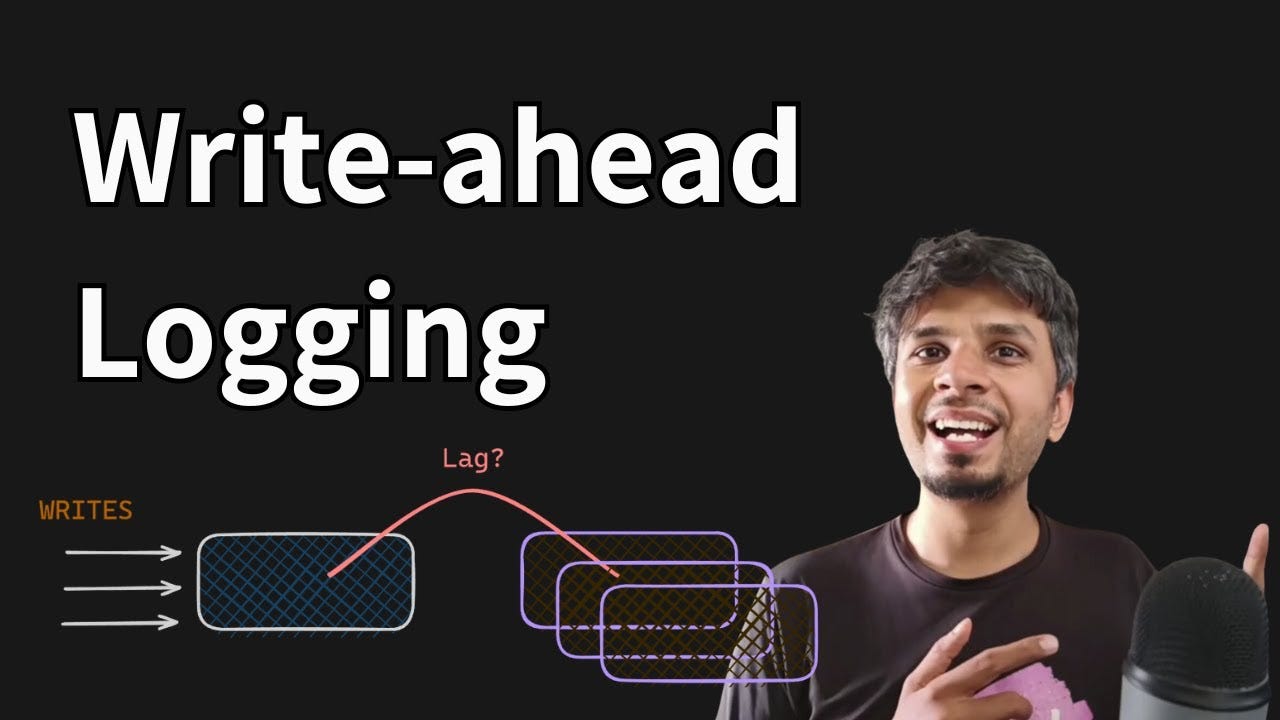This edition of the newsletter contains
one quick write-up that will help you grow faster in your career
a video I posted
a paper I read
I have also shared 3 super-interesting articles to read over the weekend. Thank you once again for reading this edition of my Newsletter. Now, without further ado, let’s jump right in.
By the way, the admissions for my System Design April cohort are open. If you are SDE-2, SDE-3, and above and looking to build a rock-solid intuition to design any and every system, you will find my course super interesting.
Instead of drawing boxes, we go into the intricate details of every single system and build an end-to-end understanding. The learnings from the course can be applied at your workplace from day 1. So, if you are looking for some real engineering discussions or brainstorming, do check out my course.
Course curriculum and other key details: https://arpitbhayani.me/course
The ideal end to an ideal career
Burnout hits hard when stress outweighs the rewards, making even simple tasks feel impossible. It is a signal that something is off - workload, environment, or priorities.
Every job has a mix of stress and reward and a good workplace balances them well. Stress isn't inherently bad - it can drive growth and achievement when managed well. But when it exceeds your limits, it becomes harmful, affecting your mental and physical health.
According to me, an ideal role/work balances these five dimensions
challenging: pushes your boundaries
rewarding: offers financial gains
educational: helps you grow in your career
impactful: contributes to a broader purpose
respected: builds your credibility and is recognized by others in your field.
No job will maximize all these factors simultaneously. Depending on your career stage, you can focus on what aligns with your current priorities. Early on, you might value education and challenges, while in the later stages, you might prefer rewards.
However, by the end of your career, all five dimensions should balance out (be almost equal), and that, according to me, is an ideal end to an ideal career.
By the way,
Being hands-on is the best way for you to learn. Practice interesting programming challenges like building your own BitTorrent client, Redis, DNS server, and even SQLite from scratch on CodeCrafters.
Sign up, and become a better engineer.
Here's the video I posted
I published a video - How does the database guarantee reliability using write-ahead logging?
In this video, I delved into the concept of Write-Ahead Logging (WAL) which is used by databases to ensure durability, reliability, and data integrity in databases.
Apart from working on WAL, I also covered the strategies WAL uses to minimize disk writes and enable point-in-time recovery. I also highlighted the importance of CRC checks in protecting data integrity within the log file. WAL's structure includes segments and pages, with each entry having a unique Log Sequence Number for easy reference and recovery.
Paper I read and would highly recommend
I spent some time reading Web Search for a Planet: The Google Cluster Architecture
Some time back, I read a 2003 paper from Google where they discussed their early cluster architecture and how it laid the foundation for large-scale, cost-effective search infrastructure.
The paper is quite short, and the best way to read this paper is to do a DFS when you find something new. Most concepts that were new, are kind of normal today, but still, it is a good weekend read. It covers what it takes to build distributed systems at scale, like aggressive parallelization, replication for fault tolerance, and a focus on price-performance trade-offs.
But more than that, the paper offers insights into the architectural intuition behind those choices and this will help you understand why a system is built a certain way.
Some key design decisions that took back in 2003 were around
prioritizing throughput, fault tolerance, and cost-effectiveness
utilizing commodity hardware
ensuring software-level reliability and achieving scalability
parallelization of queries through sharding
how to keep latency predictable
when and how to focus on price-performance over peak performance
You can download this and other papers I recommend from my papershelf.
Three interesting articles I read
I read a few engineering blogs almost every day, and here are the three articles I would recommend you to read.
Thank you so much for reading this edition of the newsletter 🔮 If you found it interesting, you will also love my courses
I keep sharing no fluff stuff across my socials, so, if you resonate, do give me a follow on Twitter, LinkedIn, YouTube, and GitHub.





